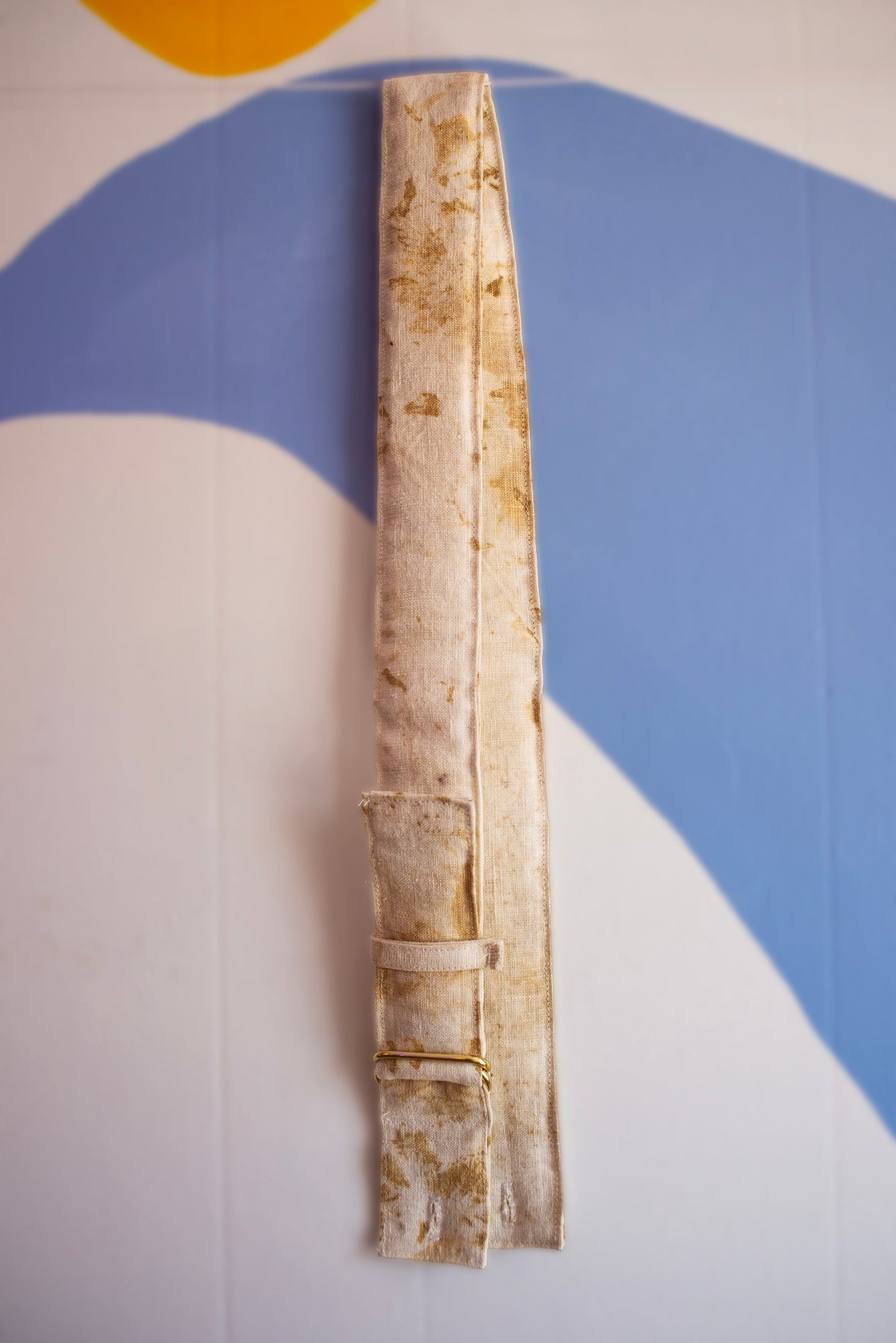Natural dyes have been used for hundreds of years and carry such exquisite history. It feels kind of silly for us to utilize them without learning and understanding their past. So, we are going to start sharing what we have learned—for all the natural dyes in our swatch library, present and in the future.

Also known as the desert bloodwood, it is actually a legume, part of the pea family. It is a tree, rich in areas throughout Central America and parts of the Caribbean, that grows up to fifty foot high and has thin, smooth bark with thorns. It is a hard wood and unlike most wood, Logwood sinks in water. Logwood extract is derived from the heartwood of medium to large old-growth trees.
In the days of natural things, before man discovered how to make everything from chemicals, Logwood had become known as a source of dye. It had been known by the Spanish from the 1500s when they got to Campeche, and by the Mayans in the area from long before that.
Its sale was actually outlawed in England in the 1500s, supposedly because the colors it produced weren’t lightfast, but that didn’t last long. When they learned using additives (mordants) would make the colors more permanent, the ban was lifted and Logwood became a HIGHLY sought after commodity. Since Logwood can yield rich, deep purples and even black, it was extremely desirable in European fashion and aristocracy. Especially because at the time, there weren’t any other natural dye sources yielding such colors. It was exclusively worn by the elite which meant it was being sold and bought for exceptionally high prices. Wearing Logwood dyed textiles had become sign of status.

As with any profitable commodity, Logwood trade became a source of conflict. Being one of the more valuable dyes and knowing it was frequently bought by the elite and royals for high prices, everyone wanted the upper hand on the trade. Spain and England went to war on multiple occasions over regions that were lush with logwood trees in an effort to control the lucrative Logwood dye trade.
In the mid-17th century some British sailors shipwrecked near the coast of what is now known as Belize and they settled there. They were known as the Baymen and these buccaneer adventurers began to cut and export Logwood to Europe. They became the primary Logwood traders.
Spain considered Belize part of its Central American territory, even though they never officially occupied that specific region. When they learned what the Baymen were doing, they wanted to take over the profitable Logwood trade for themselves. Spaniards wanted to officially occupy the territory and they tried to violently expel the Baymen on six different occasions.
1798 being the seventh and final attempt in The Battle of St. George's Caye. The Baymen won that battle and continued to export Logwood until its downfall in the early 1800s. By that point, it had become so commonly traded that the price and value fell drastically. It spiked again briefly mid 1800s but faltered again in the late 1800s when the shift to synthetic dyes started. Purple was actually one of the first colors to be synthetically made.
Fast forward to today. We source our Logwood from a fair trade and certified organic grown source. We have learned from dye masters that the dye range with Logwood is incredible. We have been experimenting and with just a bit of alteration to the pH Level or paired with different modifiers, it can yield colors from mauve, pink, purple, blue, grey and black. We introduced this natural dye with our Fall/Winter collection as a shade of and it is definitely here to stay!


0 comments